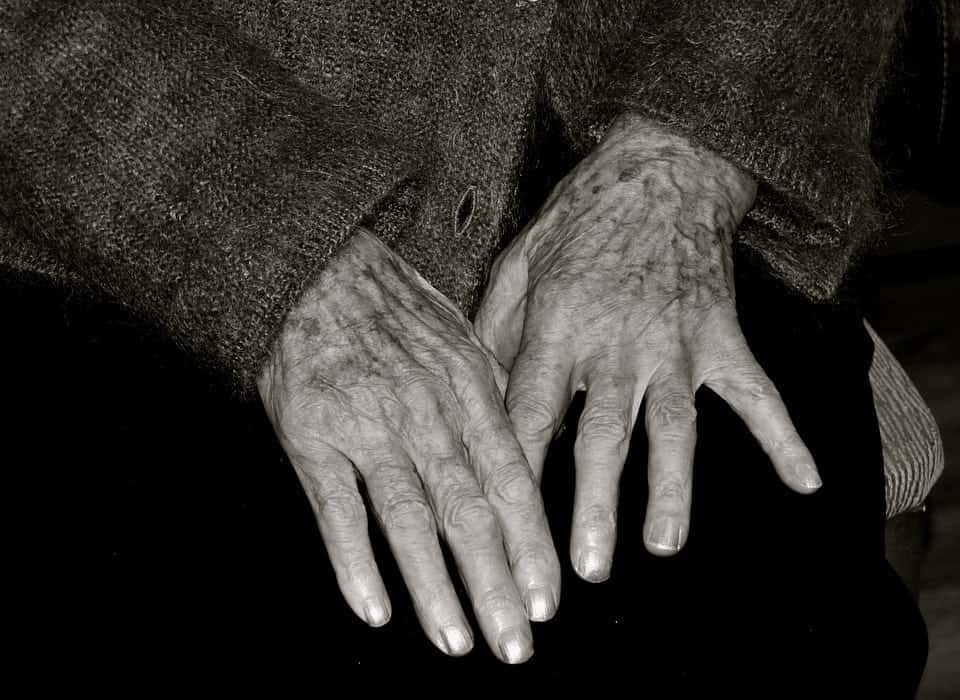
Photo: PA
Alzheimer’s disease really could be cured with light therapy, according to new research.
Flickering light boosts neurons and immune cells by destroying rogue proteins that cause the devastating symptoms of memory loss and confusion, scientists said.
The discovery adds to growing evidence the alternative treatment holds the key to defeating the neurological illness.
In experiments, a flickering light at a specific frequency was shone into the eyes of mice genetically programmed to develop dementia.
This reduced inflammation in the brain, enhanced the function of neuron ‘junctions’ called synapses and protected against cell death.
The US team believe the same will happen in patients. Clinical trials have already begun.
Senior author Professor Li-Huei Tsai, director of the Picower Institute for Learning and Memory at Massachusetts Institute of Technology said: “It seems neurodegeneration is largely prevented.”
Several years ago, her lab showed the visual stimulation dramatically slashed the number of amyloid plaques seen in mice with Alzheimer’s.
The protein gathers into clumps, killing neurons.
Now, for the first time, Prof Tsai and colleagues have found it also targets a similar chemical called tau, that has the same effect by collecting in tangles.
It improved cognitive skills such as spatial memory in both mice with dementia – and, intriguingly, in older, healthy peers.
This would offer hope preventing the disease in people at risk of developing it.
The researchers focused on two different strains of mice, one known as Tau P301S that has a mutated version of the tau protein, and the other called CK-p25 which causes severe neurodegeneration.
The study published in Neuron found visual stimulation, given one hour a day for three to six weeks, had dramatic effects on neuron degeneration.
The light therapy started shortly before degeneration would have been expected to begin.
After three weeks, the Tau P301S mice showed no neuronal degeneration, while those untreated had lost up to 20 percent of their neurons.
Neurodegeneration was also prevented in the CK-p25 mice, which were treated for six weeks.
Prof Tsai said: “I have been working with p25 protein for over 20 years, and I know this is a very neurotoxic protein.
“We found the p25 transgene expression levels are exactly the same in treated and untreated mice, but there is no neurodegeneration in the treated mice.
“I haven’t seen anything like that. It is very shocking.”
The researchers also found that the treated mice performed better in remembering their way around a water maze.
To figure out what was happening at a cellular level, the researchers analysed the changes in neurons and microglia – immune cells that clear debris from the brain.
In untreated mice, there was a drop in the expression of genes associated with DNA repair and a cellular process called vesicle trafficking, which helps synapses function.
But the treated mice showed much higher expression of those genes.
The researchers also found higher numbers of synapses, as well as a greater degree of coherence – a measure of brain wave synchrony between different parts.
In microglia, cells in untreated mice turned up their expression of inflammation-promoting genes, but the treated mice showed a striking decrease in them.
They may be doing a better job of fighting off inflammation and clearing out molecules that could lead to the formation of the rogue proteins.
There was less amyloid and tau.
Prof Tsai said: “A lot of people have been asking me whether the microglia are the most important cell type in this beneficial effect, but to be honest, we really don’t know.”
Her original study on the effects of flickering light showed that visual stimulation at a frequency of 40 hertz (cycles per second) induces brain waves known as gamma oscillations in the visual cortex.
These are believed to contribute to normal brain functions such as attention and memory, and previous studies have suggested they are impaired in Alzheimer’s patients.
The researchers later found combining the flickering light with sound stimuli – 40-hertz tones – reduced plaques even more and also had further-reaching effects, extending to the hippocampus and parts of the prefrontal cortex.
They have also found cognitive benefits from both the light- and sound-induced gamma oscillations.
Prof Tsai said: “After all, oscillations are initiated by neurons, and I still like to think they are the master regulators.
” I think the oscillation itself must trigger some intracellular events, right inside neurons, and somehow they are protected.”
The researchers also plan to test the treatment in mice with more advanced symptoms, to see if neuronal degeneration can be reversed after it begins.
Preliminary studies using light and sound stimulation in a small number of patients are underway.
The study was published in the journal Neuron.
https://www.thelondoneconomic.com/lifestyle/younger-people-with-depression-also-more-prone-to-dementia/21/03/